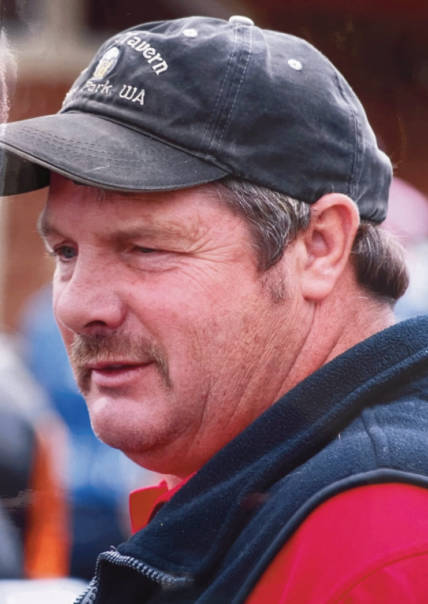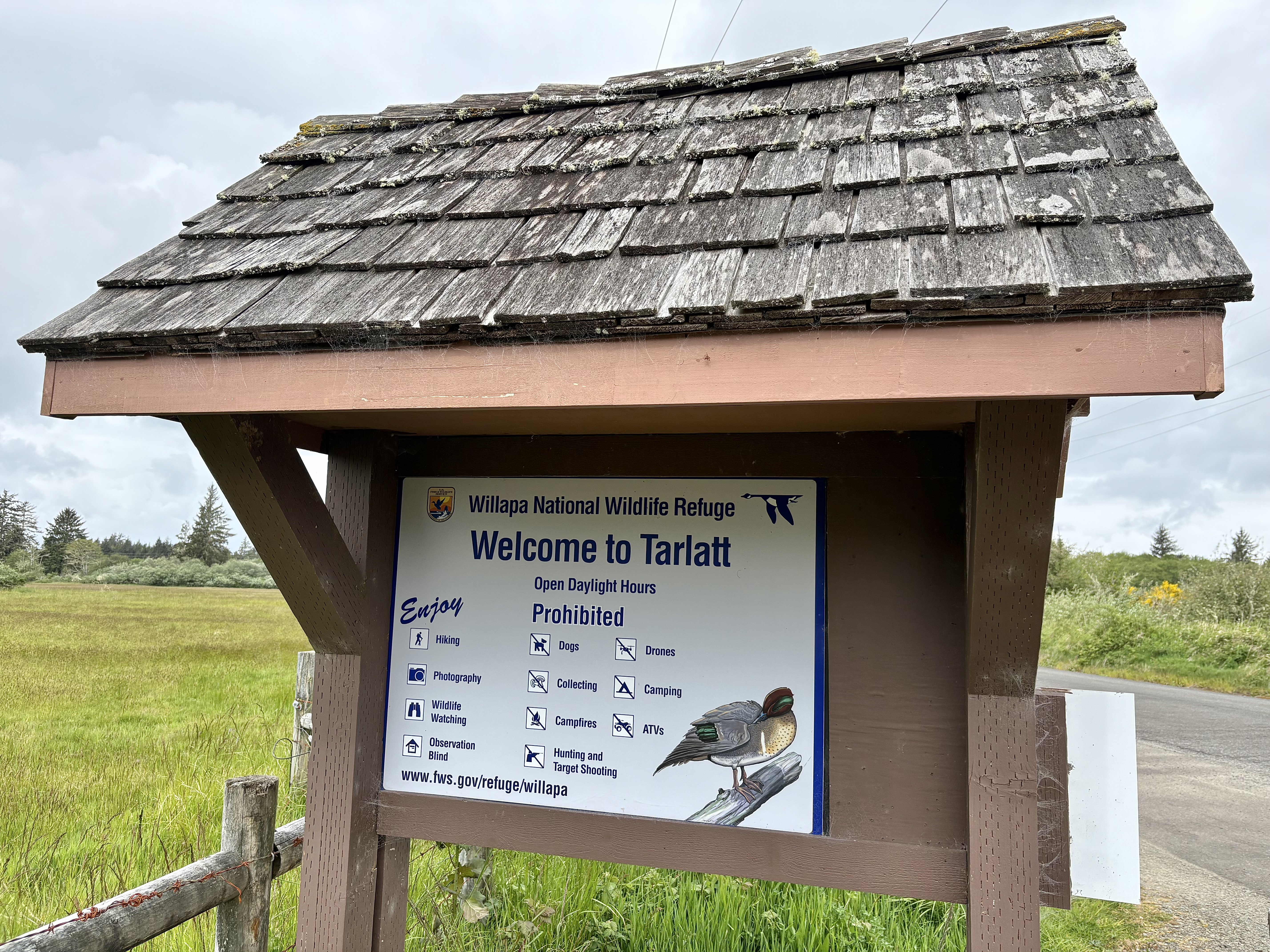Fish & Feathers: Dove season just around the corner — are you ready?
Published 12:02 pm Tuesday, August 9, 2016

- Eurasian collared doves can be found on the Long Beach Peninsula in modest numbers. They are very noisy birds.
Hunting seasons are just around the corner, just as fishing season is starting to flow into prime time.
Trending
The Columbia River (Buoy 10) season just opened. Although it’s typically slow the first part of August, it is predicted to be a banner year, with an expected run of almost 1 million Chinook salmon returning to the river.
Ocean salmon season is still open, allowing one fin-clipped coho and one Chinook per limit. Our local Marine Area 1 is still the only area of Washington’s outer coast where you may keep a coho this year. At times, fishing can be challenging depending on the wind factor, which also affects tuna fishing. The wind has forced cancellation of several trips in the past few weeks.
As the river water warms, walleye fishing will reach its peak, especially in the upper river, where migrating salmon will add to the excitement.
Trending
Getting back to hunting, the most popular opener in the U.S. is dove season, which opens Sept. 1 in the state of Washington. Like last season, the limit will be a generous 15 per day and 45 in possession. You also (where available) have the option of taking Eurasian dove, on which there is no limit because they are considered invasive.
Eurasian doves are found across the country and are quickly spreading as far north as the Canadian-Alaska border. Eurasian collared doves are similar to mourning doves but have a black ring of feathers around their neck, plus they are larger. A hunter can bag as many as he or she wants, but Washington Department of Fish and Wildlife requires that you keep an identifiable portion of the bird intact; otherwise it will count toward the mourning dove limit.
A book titled “Eating Aliens” says, “Hunting collared doves should be part of our eradication efforts. It won’t be the whole answer, but it should be part of it.”
Hunters should watch both collared dove and mourning dove in flight, especially in the morning, because their flight pattern is different. Mourning doves are generalists — they will nest on the ground, in a tree or a shrub. The Eurasian collared doves seem to be sticking to places near human habitation and not in the forests.
In my 25 years of hunting doves, I have found that generally an improved cylinder or skeet choke works best, with No. 8 shot. Bring plenty of shells. Next to a cut wheat field is always a good place to attract doves. Be sure to bring plenty of water for you and your dog. The weather around Toppenish, Sunnyside and Yakima has varied between 85 and 100 degrees, perfect for dove hunting.
If you have not tried dove hunting, why not give it a go? You will get hooked. There is usually plenty of shooting and it will certainly test your skill.
Grilled dove breasts wrapped in bacon and covered in barbecue sauce, is tops.
For an interesting story on the subject, see tinyurl.com/Invasive-Doves.
Ron Malast can be reached at 665-3573 OR raiders7777@centurylink.org.









